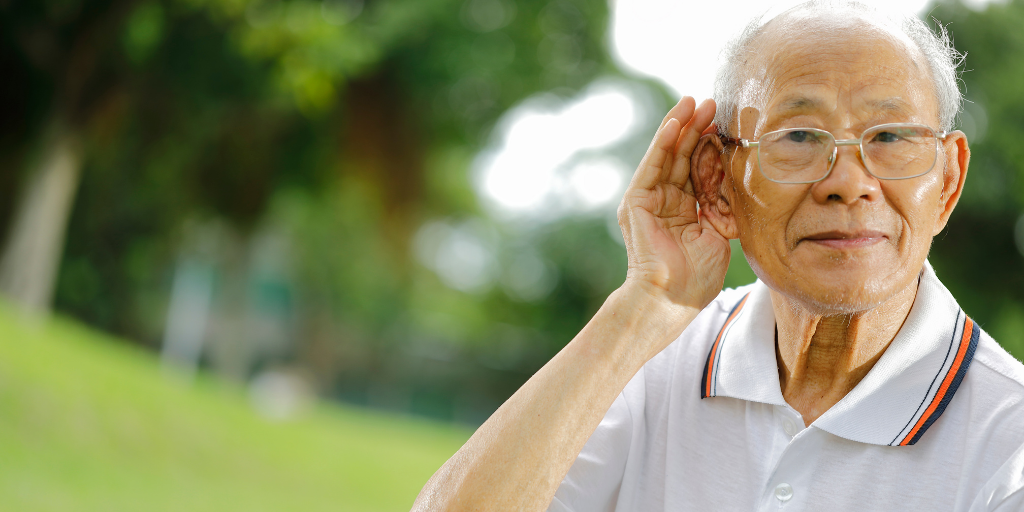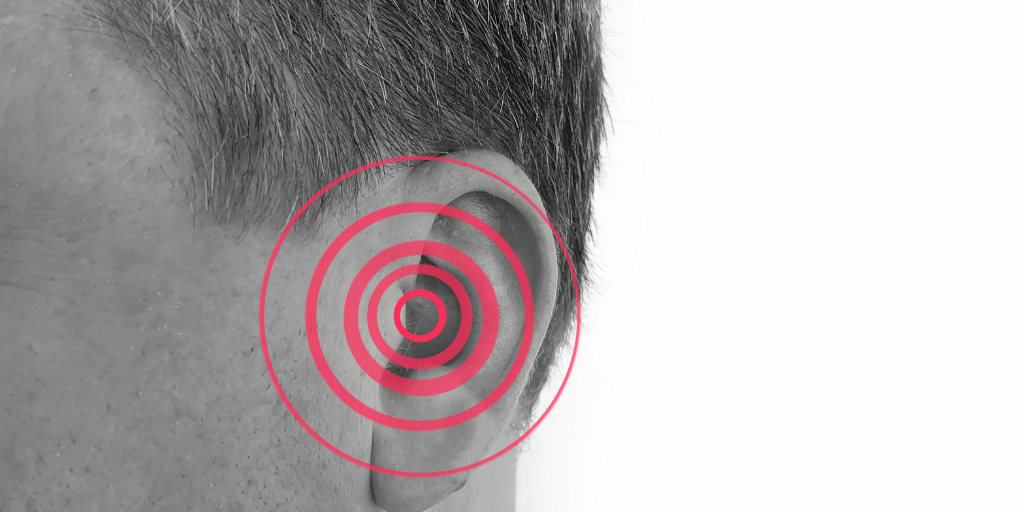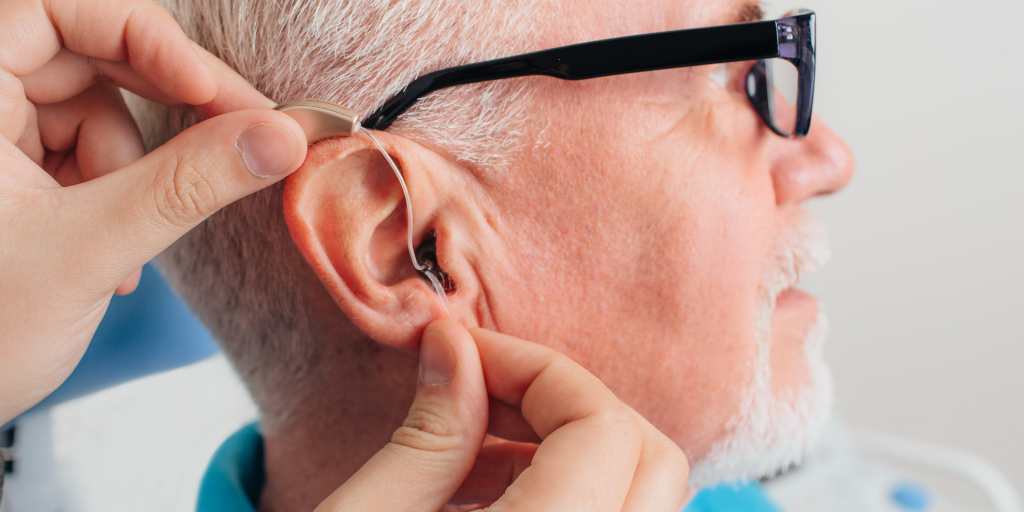- +1.888.528.8757
- office@doctorspreferredhhc.com
- Monday – Friday 9 AM – 5 PM
Age-related hearing loss is an irreversible condition caused by sensory cell degradation. Early on, a person suffering from this illness has difficulty recognizing speech, especially in locations with a lot of background noise. Another indicator of hearing loss is the inability to hear high tones.


The type of pathology determines the clinical picture. The predominant symptom of presbycusis in most patients is a decline in the perception of spoken speech. Initially, this symptom is indicated by a difficulty to understand the interlocutor’s words in the presence of external noise: the operation of the automobile engine, other people’s discussions, street noise, and so on. Then perception deteriorates even in the absence of external influences. Simultaneously, an asymmetrical decline in hearing acuity occurs, which is imperceptible to a person.
There is also increasing two-way tinnitus, which can sound like whistling, ringing, or buzzing. Patients with simultaneous vertebrobasilar insufficiency frequently have vestibular problems, which cause the head to tilt more when the head is tilted. These include paroxysmal positional dizziness, unsteadiness while walking, and a sense of dizziness.
Hearing loss can be caused by a variety of causes, including heredity, lifestyle, food, and the use of headphones. Changes in the inner ear, where sound waves are transformed into nerve impulses and supplied to the brain, are commonly associated with age-related hearing loss.
However, it can also be linked to neural pathways in the brain that convey sound information, as well as abnormalities in the eardrum or the tiny bones in the middle ear. In the majority of cases, the precise etiology of these alterations is unclear. As the latest research shows, presbycusis may be hereditary.
In reality, there are a variety of methods that can aid in the prevention of hearing loss, such as;
Compliance with these basic standards will assist to prevent or postpone the development of pathology.
The efficacy of the therapy is dependent on the morphological and functional preservation of the perceiving structures, as well as the reversibility of the alterations that have occurred. The primary treatment strategy in the early stages of presbycusis development is conservative. The therapeutic program comprises the following:
Drug Therapy: The primary purpose of medication is to promote microcirculation and metabolism in receptor regions, as well as to normalize nerve impulse synaptic transmission.

Vitamins B, A, and E, ascorbic and glutamic acids, and biogenic stimulants are administered during the therapy procedure. Detoxification, desensitization, and dehydration treatment are generally carried out.
Auditory prosthetics. It is caused by the long-term presence of hearing abnormalities in the absence of beneficial dynamics in the context of medication. External hearing aids are the preferred equipment, which is chosen uniquely for each patient. A cochlear implant is recommended for those who have severe hearing loss.
Physical therapy. Acupuncture, nicotinic acid electrophoresis, pneumatic massage of the eardrums, and blowing of the auditory tubes all have a good impact.
The degree of the current age-related alterations in the sound-receiving system determines the prognosis for presbycusis. When hearing loss is detected early, sensible conservative therapy improves hearing quality, and the use of hearing aids allows you to totally repair the indicators of hearing loss. Senile deafness in old age is difficult to treat, but appropriate hearing replacement allows for the restoration of an acceptable degree of sound perception. Preventing presbycusis entails treating all cardiovascular pathologies, metabolic problems, inner ear illnesses, adhering to workplace safety standards, and limiting the use of ototoxic drugs.